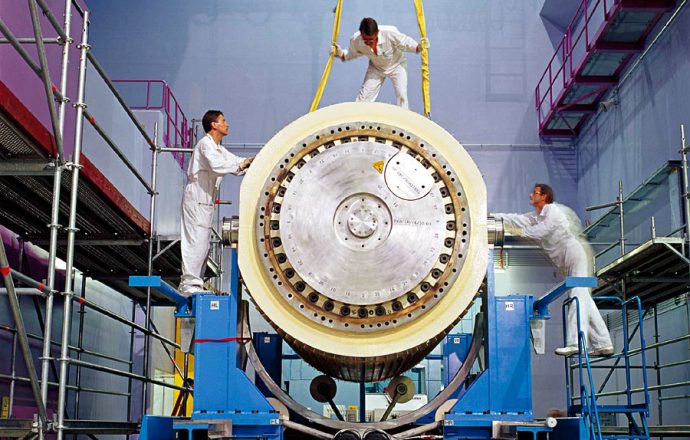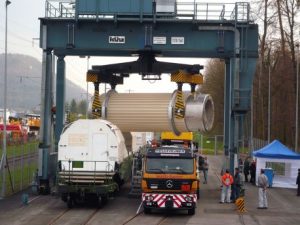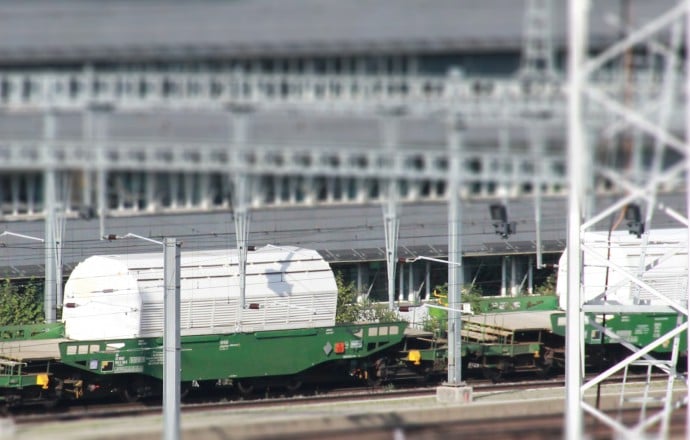Transport

Transports of radioactive materials occur infrequently but regularly in Switzerland. This is because all of the nuclear power plants are supplied with fresh fuel once a year. Conversely, radioactive waste and spent fuel are transported to the central interim storage facility. These kinds of transports are subject to the strictest safety procedures to ensure that people and the environment are protected at all times. The regulations in Switzerland conform with international rules and standards governing the transport of dangerous goods. Permits for the transportation of nuclear materials are issued by the Federal Office of Energy based on the safety-related judgements of the ENSI. The conditions for applying for transport authorisation are laid down in the Nuclear Energy Ordinance.
 For the transport of radioactive waste and other radioactive material that is not a core material, the ENSI issues permits for transport to and from nuclear facilities according to radiation protection legislation. During transport inspections in the nuclear power plants, the ENSI monitors compliance with regulations. The term “Castor” is often used during the transport of radioactive materials. “Castor” is actually only a brand name. Experts thus use the more neutral term “transport and storage containers”.
For the transport of radioactive waste and other radioactive material that is not a core material, the ENSI issues permits for transport to and from nuclear facilities according to radiation protection legislation. During transport inspections in the nuclear power plants, the ENSI monitors compliance with regulations. The term “Castor” is often used during the transport of radioactive materials. “Castor” is actually only a brand name. Experts thus use the more neutral term “transport and storage containers”.
Whatever their name, these containers are true giants: the roughly 6-meter high cylinders weigh roughly 130 tons and have a massive steel wall. They are used to transport highly active spent nuclear fuel. Due to their dangerous freight, these containers must be able to withstand the hardest stress tests such as an 800 degrees Celsius fire, a fall from 9 meters, a plane crash and an immersion test in water. The containers must remain absolutely tight after each one of these tests.
The ENSI checks these containers and issues allowances of foreign approvals according to hazardous goods laws, certifies the interim storage and monitors production of the containers used for storage in Switzerland. When the containers arrive at the interim storage facility in Würenlingen they are first tested for tightness before being brought into the storage facility. There are currently 34 containers in the facility, which is 17 percent of maximum storage capacity. But in addition to highly active waste, low and medium-level waste from nuclear plants. medicine, industry and research are brought to Würenlingen. This waste is stored in federal interim storage until it can be placed in a deep geological repository.

